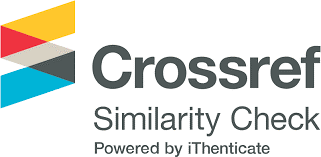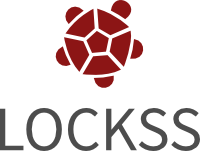Two-inductor Boost Converter Start-up And Steady-state Operation
DOI:
https://doi.org/10.18618/REP.2010.3.143149Keywords:
Automatic transition, Boost-Flyback effect, Normal mode, Start-up modeAbstract
In this work, an isolated DC/DC two-inductor boost converter is proposed. The topology is able to start up and operate in steady-state at any output level within 0V to 400V. The current and voltage characteristics make this topology suitable for applications where the relationship between input current and output voltage is too long, such as applications in hybrid electric vehicles (HEVs). In order for its operation to be possible at any output level, two auxiliary windings were added. These auxiliary windings were included to ensure that the startup current does not rise to a higher level, as opposed to other isolated boost converters where the start-up current level is high. The design of the converter and a detailed analysis are given; an experimental 200W prototype is presented to validate the converter operation and its design.
Downloads
References
L. Yan and B. Lehman, "Isolated two-inductor boost converter with one magnetic core",inProc. IEEEApplied Power Electronics Conference and Exposition,vol. 2, pp. 879-875, 2003.
Y. Jang and M. M. Jovanovic, "New two-inductor boost converter with auxiliary transformer",inProc. IEEEApplied Power Electronics Conference and Exposition,vol. 2, pp. 654-660, 2002.
Y. Jang and M. M. Jovanovic, "New two-inductor boost converter with auxiliary transformer",IEEE Transactions On Power Electronics, vol. 19, pp. 169-175, June 2004. https://doi.org/10.1109/TPEL.2003.820588 DOI: https://doi.org/10.1109/TPEL.2003.820588
H. Seung-Hoon R. Chung-Wook and Y. Myung-Joong,"Dual coupled inductor fed isolated boost converter for low input voltage applications",Electronics Letters,vol. 35, pp. 1791-1792, Oct 1999. https://doi.org/10.1049/el:19991246 DOI: https://doi.org/10.1049/el:19991246
W. C. P. de Aragao Filho and I. Barbi, "A comparison between two current-fed push-pull DC-DC converters-analysis, design and experimentation", inProc. IEEEInternational Telecommunications Energy Conference,pp. 313-320, 1996.
I. Elkin G. Ivensky and S. Ben-Yaakov, "An isolated DC-DC converter using two zero current switched IGBTs in asymmetrical topology", inProc. IEEE Power ElectronicsSpecialists Conference, vol. 2, pp. 1218-1225, 1994.
P. J. Wolfs, "A current-sourced dc-dc converter derived via the duality principle from the half-bridge converter",IEEE Transactions on Industrial Electronics, vol. 40,pp. 139-144, Feb 1993. https://doi.org/10.1109/41.184830 DOI: https://doi.org/10.1109/41.184830
F. C. Lee L. Zhu, K. Wang and J.-S. Lai, "New start-up schemes for isolated full-bridge boost converters", in Applied Power Electronics Conference, vol. 1, pp. 309-313, 2000.
F. C. Lee L. Zhu, K. Wang and J.-S. Lai, "New start-up schemes for isolated full-bridge boost converters",IEEE Transactions on Power Electronics, vol. 18, pp. 946-951,July 2003. https://doi.org/10.1109/TPEL.2003.813758 DOI: https://doi.org/10.1109/TPEL.2003.813758
Downloads
Published
How to Cite
Issue
Section
License
Copyright (c) 2010 Revista Eletrônica de Potência

This work is licensed under a Creative Commons Attribution 4.0 International License.















